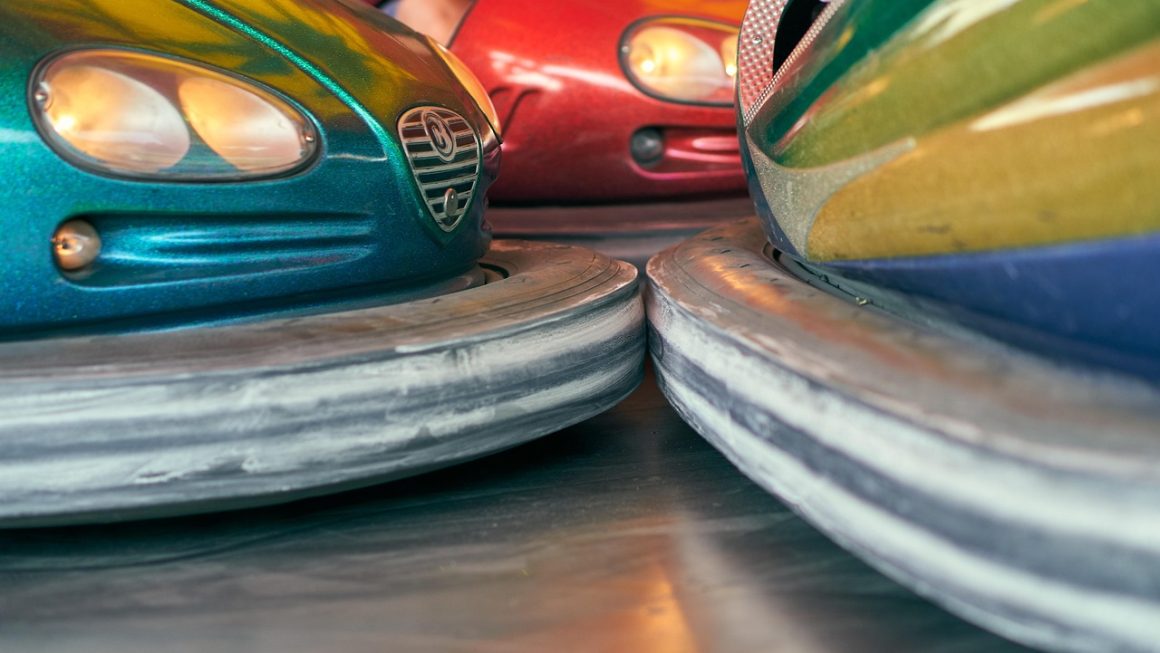The anticipation is palpable. The social media teasers have dropped. Pre-orders are surging. The release of a new album is a monumental event, not just for the artist, but for their devoted fanbase, the music industry, and even cultural trends. But what goes into a successful album release? From strategizing the launch to maximizing its impact, this guide provides a comprehensive overview of how albums come to life in today’s dynamic music landscape.
Planning Your Album Release Strategy
Defining Your Target Audience
Before even thinking about artwork or singles, understand who you’re trying to reach. This dictates everything.
- Demographics: Age, location, income, gender identity – all are crucial. Are you targeting Gen Z listeners through TikTok or appealing to a more mature audience through established radio channels?
- Music Preferences: What other artists do they listen to? What genres resonate with them? Understanding their tastes helps tailor your marketing messages and identify appropriate playlist placements.
- Social Media Habits: Which platforms do they frequent? How do they consume music news? Knowing this ensures your marketing efforts are focused where your audience is most active.
- Example: A folk artist targeting a younger demographic might focus on Spotify playlists curated for “Indie Acoustic” or “Chill Vibes,” and create visually engaging content for Instagram and TikTok, while a classic rock band might focus on radio airplay and Facebook engagement with longer-form content.
Setting Realistic Goals
Don’t expect platinum on your first release. Set achievable milestones based on your current fanbase and marketing budget.
- Sales Targets: How many digital downloads, physical copies, and streams are you aiming for in the first week? Month? Year?
- Social Media Engagement: How many new followers, likes, shares, and comments are you hoping to generate?
- Media Coverage: Are you aiming for reviews in major music publications, blog features, or local news coverage?
- Actionable Takeaway: Start small, track your progress, and adjust your strategy based on performance. Use data analytics to understand what’s working and what’s not. For example, tools like Spotify for Artists or Apple Music for Artists offer valuable data insights.
Building Your Release Timeline
Timing is everything. A well-structured timeline ensures all aspects of the release are coordinated and executed effectively.
- Pre-Release Phase (3-6 Months Prior):
Finalize recordings, mixing, and mastering.
Design album artwork and packaging.
Plan marketing campaign and budget.
Start creating promotional materials (photos, videos, press kit).
- Teaser Phase (1-2 Months Prior):
Announce the album release date.
Release a lead single with a music video.
Start pre-orders on digital platforms.
Engage fans on social media with behind-the-scenes content.
- Launch Phase (Release Week):
Officially release the album on all platforms.
Promote the album heavily on social media.
Send out press releases to media outlets.
Consider a release party or live performance.
- Post-Release Phase (Ongoing):
Continue promoting the album through additional singles and music videos.
Engage with fans online and at live shows.
Track sales and streaming data to optimize your marketing efforts.
Mastering the Art of Music Promotion
Leveraging Social Media
Social media is your most direct line to your fanbase.
- Consistent Posting: Maintain a regular posting schedule with engaging content like snippets of new music, behind-the-scenes footage, and Q&A sessions.
- Targeted Advertising: Use social media ads to reach new listeners based on their interests and demographics. Platforms like Facebook and Instagram offer powerful targeting options.
- Interactive Content: Run contests, polls, and live streams to encourage engagement and build a sense of community around your music.
- Example: An artist releasing a concept album could unveil the story gradually through a series of cryptic posts, building anticipation and intrigue.
Pitching to Playlists
Getting your music on curated playlists is crucial for visibility.
- Spotify Editorial Playlists: Pitch your music to Spotify’s editorial team through Spotify for Artists. Be sure to submit your music at least a week before release to allow ample time for review.
- Independent Playlists: Research and identify independent playlist curators who feature music similar to yours. Reach out to them with a personalized pitch and a high-quality recording.
- Algorithmic Playlists: Optimize your music metadata and promote your tracks to increase your chances of being added to algorithmic playlists like “Discover Weekly” and “Release Radar.”
- Pro Tip: Focus on building relationships with playlist curators. A personal connection can significantly increase your chances of getting your music featured.
Engaging with Media Outlets
Secure media coverage to amplify your message.
- Press Releases: Craft compelling press releases that highlight the key features of your album and its unique selling points.
- Targeted Outreach: Identify music journalists, bloggers, and radio stations that cover your genre and reach out to them with a personalized pitch.
- Interviews and Reviews: Offer interviews and provide review copies of your album to key media outlets. Positive reviews can significantly boost your credibility and visibility.
- Local Media: Don’t overlook local media outlets like community newspapers and radio stations. These outlets can be a great way to build a local fanbase.
- Example: Providing an exclusive acoustic performance for a local radio station could generate excitement and attract new listeners.
Maximizing Album Sales and Streams
Optimizing Your Digital Presence
Ensure your music is easily accessible on all major platforms.
- Digital Distribution: Use a reputable digital distribution service like DistroKid, CD Baby, or TuneCore to distribute your music to all major streaming platforms and online stores.
- Artist Profiles: Create professional and engaging artist profiles on Spotify, Apple Music, and other streaming platforms. Include a bio, high-quality photos, and links to your social media profiles.
- Metadata Optimization: Ensure your music metadata (title, artist, genre, etc.) is accurate and consistent across all platforms.
- Actionable Takeaway: Regularly update your artist profiles and metadata to keep your online presence fresh and engaging.
Creating Physical Products
While digital is dominant, physical copies still hold appeal.
- CDs: Consider pressing CDs for fans who prefer physical media or want to support you directly.
- Vinyl Records: Vinyl records are experiencing a resurgence in popularity. Releasing your album on vinyl can appeal to collectors and audiophiles.
- Merchandise Bundles: Offer merchandise bundles that include your album along with t-shirts, posters, and other items.
- Limited Editions: Create limited edition versions of your album with special packaging or bonus tracks to incentivize purchases.
- Example: A band known for its elaborate stage shows could offer a limited edition vinyl with exclusive photos from their performances.
Live Performances and Touring
Connecting with fans in person is invaluable.
- Release Shows: Plan a release show to celebrate the launch of your album and perform the new tracks live.
- Touring: Embark on a tour to reach new audiences and promote your music in different cities.
- Festivals: Apply to perform at music festivals to gain exposure to a larger audience.
- Interactive Performances: Incorporate interactive elements into your live shows, such as Q&A sessions or sing-alongs, to engage with your fans.
- Actionable Takeaway: Use live performances as an opportunity to connect with fans on a personal level and create lasting memories. Offer exclusive merchandise and meet-and-greets to further incentivize attendance.
Navigating the Nuances of Album Art and Packaging
Visual Storytelling
Album art isn’t just decoration; it’s a visual representation of the music.
- Concept Alignment: The artwork should reflect the themes and emotions of the album. Is it dark and introspective, or bright and uplifting?
- Visual Appeal: The artwork should be visually appealing and eye-catching, especially in the small thumbnails used on digital platforms.
- Branding Consistency: The artwork should be consistent with your overall brand and visual identity.
- Example: Pink Floyd’s Dark Side of the Moon* is iconic not just for the music, but also for the instantly recognizable prism artwork, perfectly capturing the album’s themes of madness and societal pressures.
Physical Packaging Details
For physical releases, packaging adds another layer of artistry.
- High-Quality Materials: Use high-quality materials for the packaging to create a premium feel.
- Creative Design: Consider unique packaging elements such as gatefold sleeves, inserts, and bonus materials.
- Sustainability: Opt for eco-friendly packaging materials whenever possible to appeal to environmentally conscious consumers.
- Actionable Takeaway: Invest in professional design services to create album art and packaging that effectively communicates your artistic vision.
Conclusion
Releasing an album is a complex undertaking that requires careful planning, strategic execution, and a deep understanding of your audience. By defining your target audience, setting realistic goals, and creating a comprehensive release timeline, you can maximize your chances of success. Leveraging social media, pitching to playlists, and engaging with media outlets are essential for promoting your music and reaching new listeners. Finally, optimizing your digital presence, creating physical products, and performing live shows can help you generate sales and streams. With dedication, creativity, and a bit of luck, your album release can be a significant milestone in your musical journey. Good luck!




